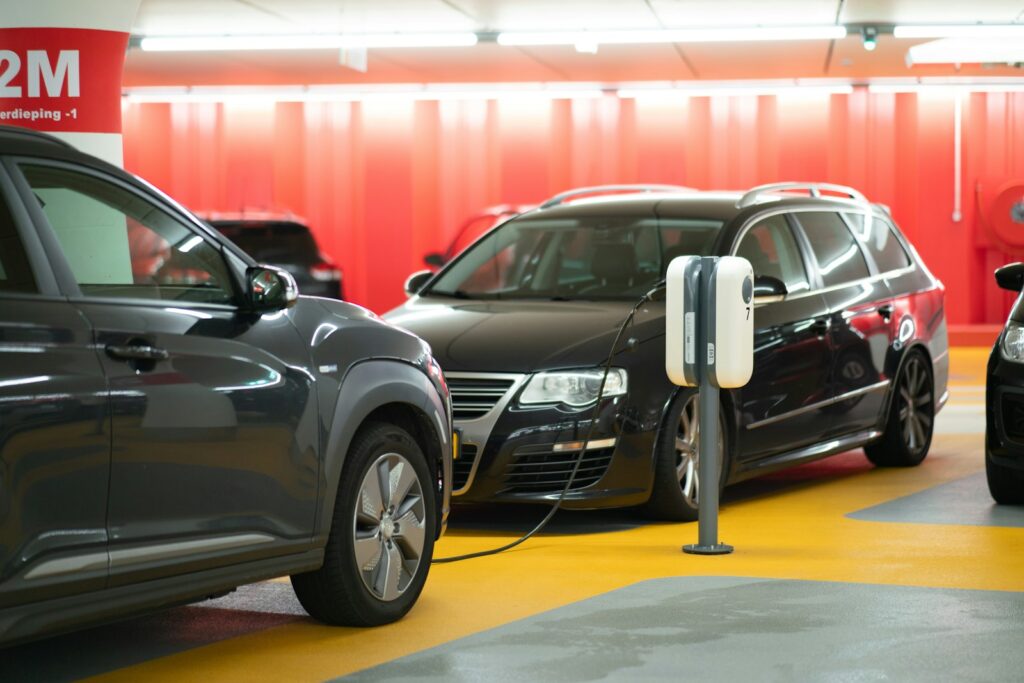Electric vehicle charging isn’t just about plugging in anymore. It’s becoming cleaner, smarter, and more connected.
In 2025, renewable energy EV charging is set to become a major force in reshaping the way we power our cars, with benefits that go far beyond the plug.
Let’s explore what’s changing, why it matters, and what to expect next.
The Rise of Renewable Energy EV Charging
Across the globe, charging stations are plugging into the sun, wind, and other clean sources. Instead of drawing power from a fossil-fueled grid, solar powered EV charging and wind-fed stations are helping drivers cut emissions even after buying an EV.
Cities and highway corridors are also seeing more sustainable EV charging networks, where energy storage batteries, rooftop solar arrays, and smart load balancing allow for 24/7 clean power access.
This move isn’t just about going green. It’s part of a broader energy transition and supports long-term grid reliability.
According to the International Energy Agency, fast charging installations grew over 30% in 2024, and a growing share now includes renewable energy integration.
Smarter, Greener EV Infrastructure in 2025
EV charging stations are evolving, and 2025 is shaping up to be the year where software meets sustainability. Thanks to smart EV charging platforms, many networks now adjust charging based on energy availability, demand, and cost.
Here are a few innovations to watch:
- Bi-directional charging: EVs not only draw power, but also give it back to your home or the grid when needed.
- Vehicle-to-grid (V2G) systems: Great for managing peak energy demand or blackout resilience.
- Over-the-air updates: Software-controlled vehicles can now auto-optimize how and when they charge.
- OCPP 2.1: A new protocol that enhances communication between chargers and utility grids, unlocking smarter controls and billing.
Together, these upgrades make green EV infrastructure more flexible, cost-efficient, and eco-friendly.
Why Drivers Should Care
So what does this mean for you, the driver? Switching to EV charging with renewable energy helps reduce your carbon footprint, yes, but it also saves money.
Many networks offer discounted rates for off-peak charging powered by clean energy. And with EV infrastructure policy incentives on the rise, expect more affordable public charging stations on local roads and highways.
Plus, cleaner energy means your EV can actually live up to its zero-emission promise.
Curious where to find renewable-powered chargers in your area? Check out our full Guide to Charging Stations: Network Maps and Costs.
What’s Powering the Future?
Whether it’s from rooftop panels, utility-scale wind farms, or community solar projects, the EV charging station energy sources behind the plug are starting to matter just as much as the plug itself.
Here’s what we’re seeing:
- Fast charging stations with co-located solar fields.
- Grid integration that helps stabilize regional energy use.
- Widespread shift toward clean transportation networks in cities and suburbs.
- Growing adoption of EVs in rural areas with home-based solar charging.
From Tesla Superchargers to municipal charging lots, the future is cleaner, faster, and better connected.
Final Take
The renewable energy EV charging trend is a real, measurable upgrade to how we fuel our vehicles. It helps drivers save money, supports a more resilient power grid, and cuts the emissions that traditional charging methods can’t avoid.
And when paired with smart features like bi-directional charging or over-the-air updates, today’s EVs become part of a larger, cleaner energy ecosystem.



